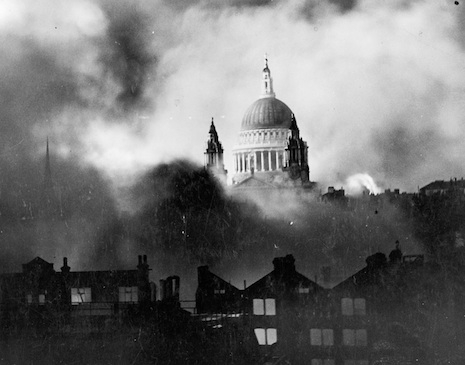
In September 1940, the German Luftwaffe unleashed a strategic bombing campaign that targeted all of the major cities across the UK. Over 30,000 tons of high explosives were dropped on sixteen cities during a relentless over 267-day campaign, or “Blitzkrieg” (German for “lightening war”), that claimed over 40,000 civilian lives—half them in London alone—wounded over 100,000 and destroyed more than a million homes. It was an event that changed the nature of the war, and brought repercussions for Germany.
My mother was a child during the Second World War, living with her parents and sister in a tenement in the north-west of Glasgow. She can still clearly recall the regular sound of the siren warning of another German bombing raid. People decamped to the bomb shelters situated in the back gardens, where my mother listened to the whistle and blast of the bombs, land mines and other incendiaries raining down from the planes above.
In March 1941, she was briefly evacuated to a cottage in Milport on the isle of Great Cumbrae, off the west coast of Scotland. During this time, the Luftwaffe carried out two bombing raids on Clydebank—that have been described as “the most cataclysmic event” in war-time Scotland. My mother recalled how the German planes seemed to fly so low she felt she could touch them, while the flames from the raid lit up the sky like it was day.
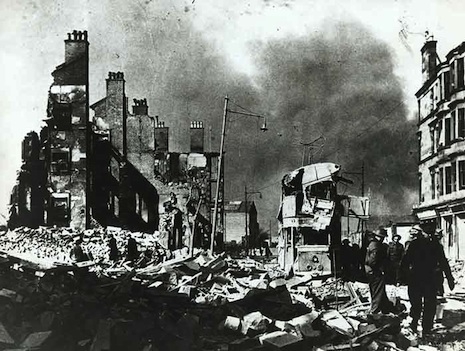
Clydebank, near Glasgow, after the ‘blitz’ of March 1941.
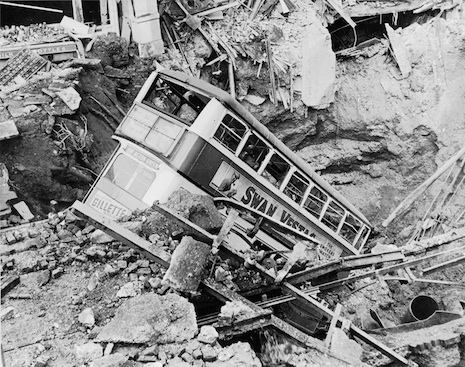
Devastation in the south of London—a bus lies in the rubble of a bomb crater.
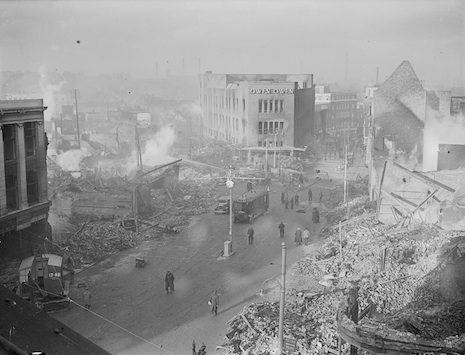
Central Coventry after a bombing raid November 1940.
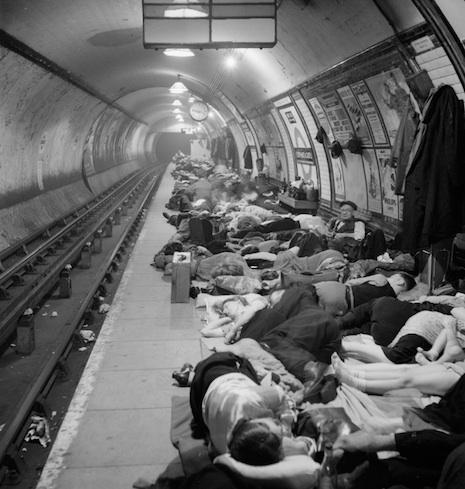
Sleeping in the shelter of London’s Underground station at Elephant and Castle, November 1940.
More photos plus link to the interactive Blitz site, after the jump…





